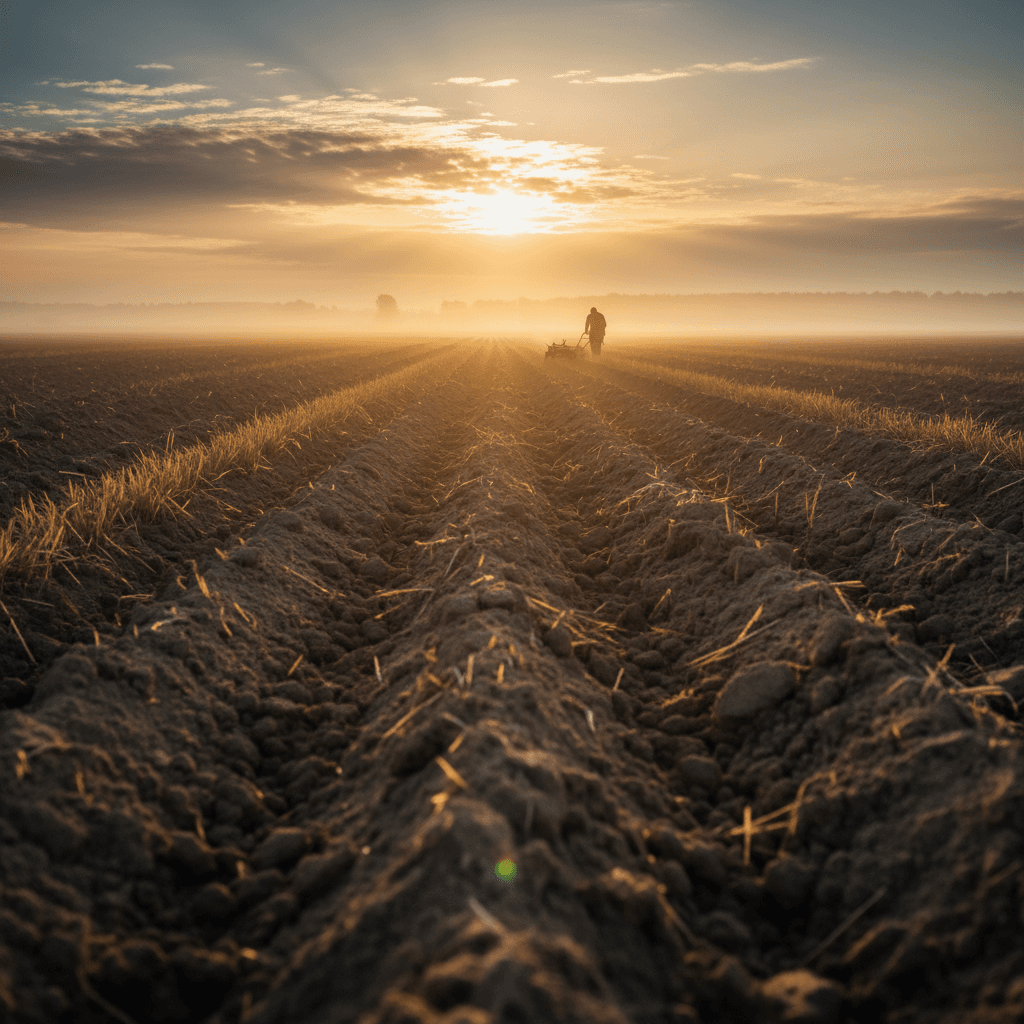#Cultivation
Quotes tagged #Cultivation
Quotes: 9

Turning Intention into a Life You Imagine
Finally, the line carries an ethical undertone: planting implies responsibility for what grows. If effort is your soil, then what you repeatedly feed—resentment or gratitude, discipline or distraction—will shape the landscape of your life. This closes the loop between inner life and outer outcome. Rather than treating destiny as something that happens to you, Gibran suggests a quieter power: intention sets the direction, effort supplies the substance, and time delivers the result. The imagined life becomes less a lucky arrival and more a cultivated consequence. [...]
Created on: 12/18/2025

Turning Wonder’s Waters into Life-Giving Gardens
Finally, every tended garden makes new streams—seeds, shade, and stories that run onward. A mural inspires a youth workshop; a journal page becomes a community plan; the creek restoration draws birds that draw poets. As Kimmerer writes, “all flourishing is mutual” (2013), and reciprocity closes the loop. We carry wonder so it can circulate, and we build gardens so wonder will not stagnate. In that sustained exchange, the source and the soil learn to belong to each other. [...]
Created on: 11/3/2025

Harvesting Possibility Through Steady, Strategic Persistence
Translate the aphorism into a season plan: define a narrow plot (one domain), sow a daily cadence (small, timed blocks), water with feedback (metrics and mentors), weed distractions (reduce friction at the source), and rotate crops (periodize effort to recover and learn). James Clear (2018) notes that environment design beats motivation—so make the desired action the path of least resistance. With ground prepared and cycles set, possibility is not a miracle but a harvest. The yield may look sudden to others, yet it is simply the visible crest of invisible, steady work. [...]
Created on: 10/11/2025

Nurturing Intentions Into Trees of Meaning
Ultimately, a tree of meaning alters its environment—casting shade, holding soil, and offering fruit. Our cultivated intentions, once embodied, shape more than ourselves; they seed a commons. Elinor Ostrom’s Governing the Commons (1990) shows how communities can steward shared resources through norms, trust, and collective action. Likewise, personal integrity scales into social ecology: one steady life invites others to plant. As roots intertwine, the wind breaks, the soil deepens, and a forest emerges—proof that private tending can yield public good. In this way, the circle closes: intentions planted deep become habitats of meaning for many. [...]
Created on: 10/9/2025

Nurturing Vision From Seed to Protective Shade
Finally, caretaking continues after the canopy forms. Orchard wisdom recommends pruning to channel energy into strong scaffolds—an apt analogy for focus and boundaries. Deadwood cleared, the tree bears more fruit, and those fruits carry seeds. In long-term endeavors, this becomes cathedral thinking: building projects whose benefits will outlast their builders. Alice Walker’s image invites that horizon—tend your vision until it not only stands but also multiplies, offering shade and seeds to people you may never meet. Thus the cycle closes and renews: nurture, grow, shelter, and sow again. [...]
Created on: 9/24/2025

Attention as Lighthouse: How Focus Nourishes Life
Build a keeper’s routine: define a short list of worthy beacons (people, problems, practices), then timebox deep work for each. Design the environment—fewer notifications, single-tab browsers, visible cues—to reduce beam scatter. Use brief mindfulness or breath intervals as “lens cleaning,” and schedule periodic lighthouse sweeps (weekly reviews) to realign aim with values. Finally, end each day by naming what the beam illuminated well; tomorrow, return with steadiness. Over time, whatever you consistently light will indeed begin to flourish. [...]
Created on: 8/29/2025

Gather Courage as Others Gather Flowers
Finally, the poem’s guidance can be made practical. Begin with one “small bloom” each day: a doable act that nudges a boundary—asking a clarifying question in a meeting, initiating a hard but kind conversation, or trying a new skill for fifteen minutes. Pair this with tending: a brief maintenance ritual that preserves beauty, such as mending a frayed connection, cleaning a shared space, or watering a personal project. Over time, record these in a simple list—a garland of acts you can look back on when courage feels scarce. As in any garden, consistency matters more than intensity. In this way, the line attributed to Sappho becomes a method: gather, tend, repeat—until courage feels as natural to reach for as a flower in bloom. [...]
Created on: 8/29/2025

From Cutting Jungles to Irrigating Learning Deserts
Ultimately, Lewis’s counsel invites a humble posture: rather than subdue exuberance, cultivate possibility. When we design for curiosity, autonomy, and equitable access, classrooms transform from arid compliance into living ecosystems. The educator becomes a patient engineer of conditions—testing channels, tending reservoirs, and celebrating rain. In that steady work of irrigation, deserts green, and with them, the futures students imagine for themselves. [...]
Created on: 8/10/2025

Grass Isn't Always Greener on the Other Side; It’s Greener Where You Water It - Neil Barringham
In professional life, this quote encourages individuals to focus on developing their skills and improving their current environment instead of assuming that switching jobs will automatically bring satisfaction. [...]
Created on: 2/19/2025